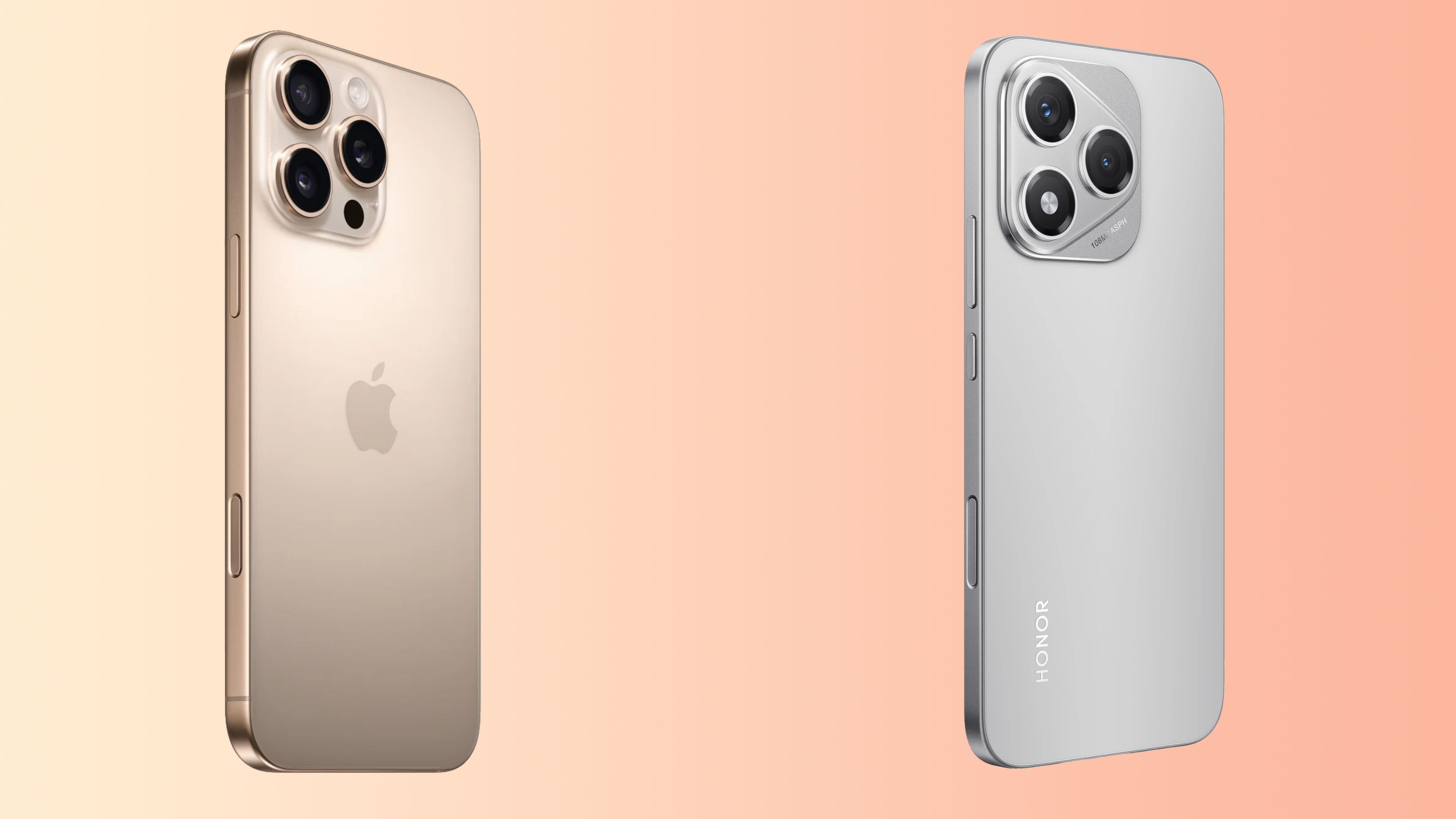The COROS PACE Pro is the new mid-range running watch to beat
COROS promised that the PACE Pro has improved GPS and HR accuracy, so I tested the results against the Garmin Fenix 8 and Polar H10.
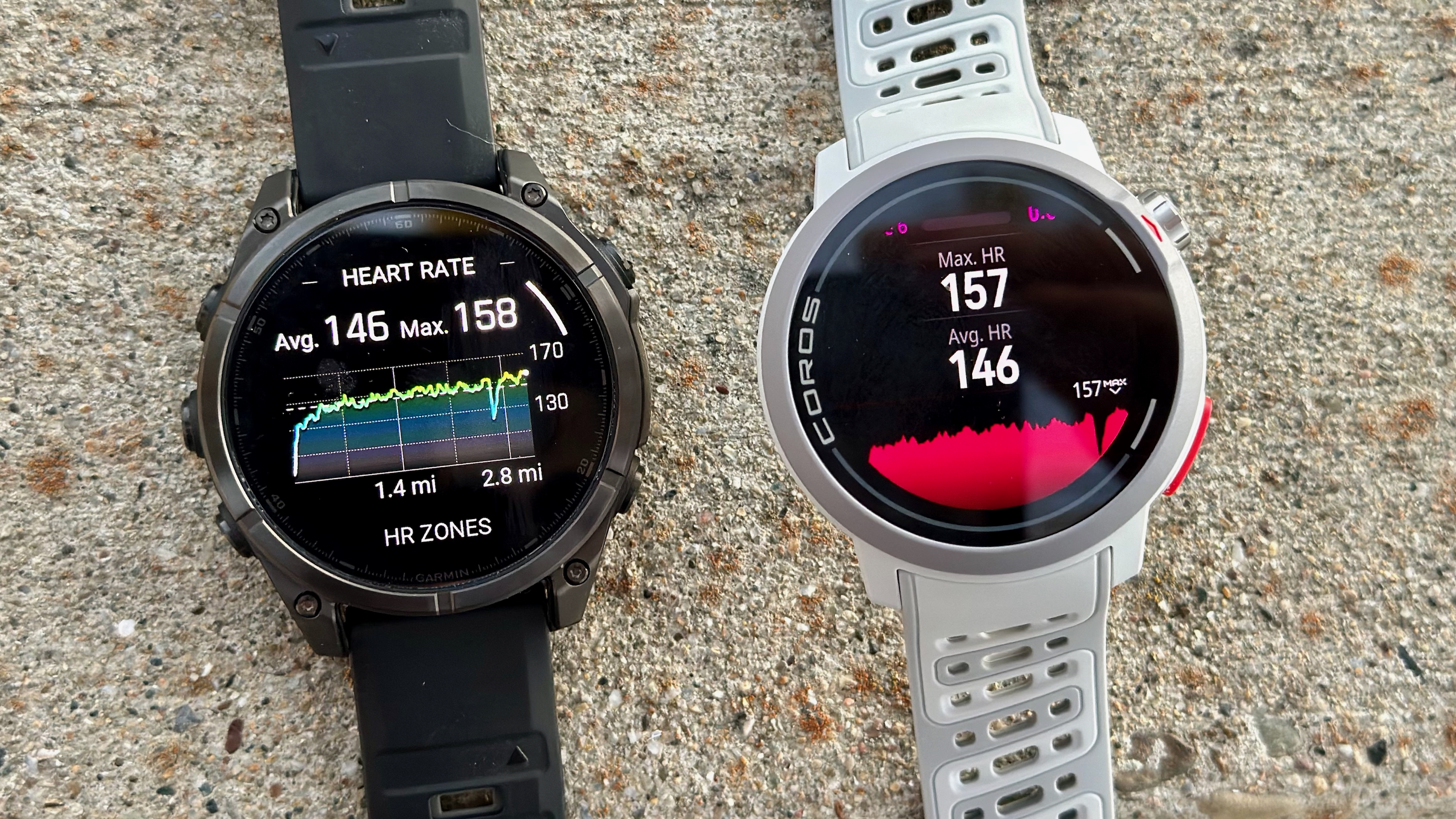

In this weekly column, Android Central Wearables Editor Michael Hicks talks about the world of wearables, apps, and fitness tech related to running and health, in his quest to get faster and more fit.
The COROS PACE Pro's standout feature is its new AMOLED display, but it also added a new satellite chipset, redesigned GPS antenna, and an "improved watch body design for more accurate HR" than past COROS watches. I decided to put these GPS and HR enhancements to the test against a high-end Garmin watch and a Polar H10 chest strap.
The COROS PACE Pro has other upgrades over the PACE 3, such as a faster CPU, bigger buttons, better maps, and significantly longer battery life. However, the accuracy upgrades matter more to me: In my cheap fitness watch accuracy test, the PACE 3 lost to the Garmin Forerunner 165 significantly for GPS accuracy and slightly for HR accuracy.
I gave the budget PACE 3 a pass, but the PACE Pro competes directly against more mainline running watches like the Garmin Forerunner 265, Suunto Race, and Polar Vantage M3 — with AMOLED displays and other niche perks COROS lacks — so there is less room for error.
Thankfully, the COROS PACE Pro (mostly) lived up to the challenge, holding its own against the much more expensive Garmin Fenix 8.
COROS PACE Pro accuracy test summary
Since I'm reviewing the Garmin Fenix 8 and COROS PACE Pro simultaneously, I completed several long runs wearing both in low-signal areas, track runs at near-max heart rates in specific lanes, and tree-occluded hikes with plenty of elevation changes.
For GPS accuracy, Garmin watches with multi-band GPS have traditionally done excellently, winning my Coros vs. Garmin vs. Polar fitness test. The Garmin Fenix 8 is predictably accurate, but I haven't found it more accurate than the $450 Forerunner 265 or $350 Forerunner 255. So, the high-priced Fenix 8 is a fair GPS baseline for the $350 PACE Pro to match.
| Activity | COROS PACE Pro | Garmin Fenix 8 |
|---|---|---|
| 10/27 (run) | 7.00 miles | 7.01 miles |
| 10/31 (jog) | 3.02 miles | 3.01 miles |
| 10/31 (track run) | 3,240 meters | 3,210 meters |
| 11/2 (run) | 12.01 miles | 12.03 miles |
| 11/6 (jog) | 3.12 miles | 3.11 miles |
| 11/6 (track run) | 3,220 meters | 3,240 meters |
| 11/7 (hike) | 8.58 miles, 672m ascent | 8.60 miles, 676m ascent |
For HR accuracy, I typically use my COROS HRM as an optical baseline, but since it pairs automatically to COROS watches on the same account, I used my Polar H10 chest strap paired to my Fenix 8 to test the PACE Pro. I have fewer points of HR comparison than GPS because I paired the COROS HRM to the PACE Pro for a few runs to prepare for my Fenix 8 review.
Be an expert in 5 minutes
Get the latest news from Android Central, your trusted companion in the world of Android
| Activity | COROS PACE Pro | Garmin Fenix 8 / Polar H10 |
|---|---|---|
| 11/6 (jog) | 146 bpm / 157 max | 146 bpm / 158 max |
| 11/6 (track) | 172 bpm / 185 max | 174 bpm / 186 max |
| 11/7 (hike) | 130 bpm / 170 max | 129 bpm / 171 max |
I'll go more in-depth in both areas below, but if you're in a hurry, here are my main impressions: I see a definite improvement in GPS accuracy, bringing it functionally in range of Garmin so that no one will mind the gap. For HR accuracy, I don't see a significant difference, and I'd probably buy the COROS HRM if I needed the best possible HR precision.
COROS PACE Pro GPS accuracy
For standard runs on city streets, the COROS PACE Pro (mostly) did very well. In the gallery below, you'll see how the PACE Pro (blue) does better than the Fenix 8 (orange) at matching my path on sidewalks or bike lanes during a long 12-mile run — but has a few moments later on where COROS has me running through lawns while Garmin has my correct sidewalk position.
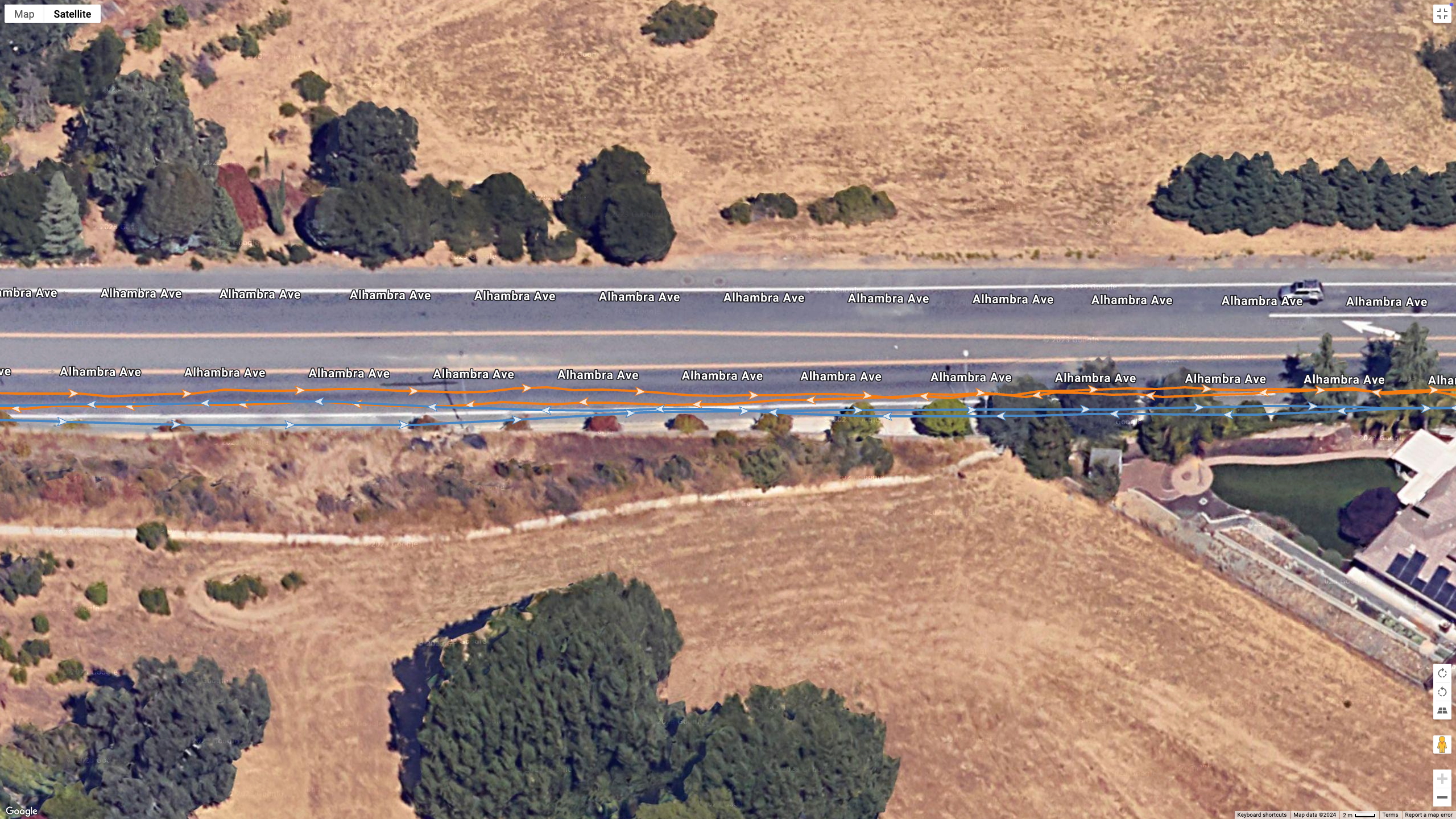
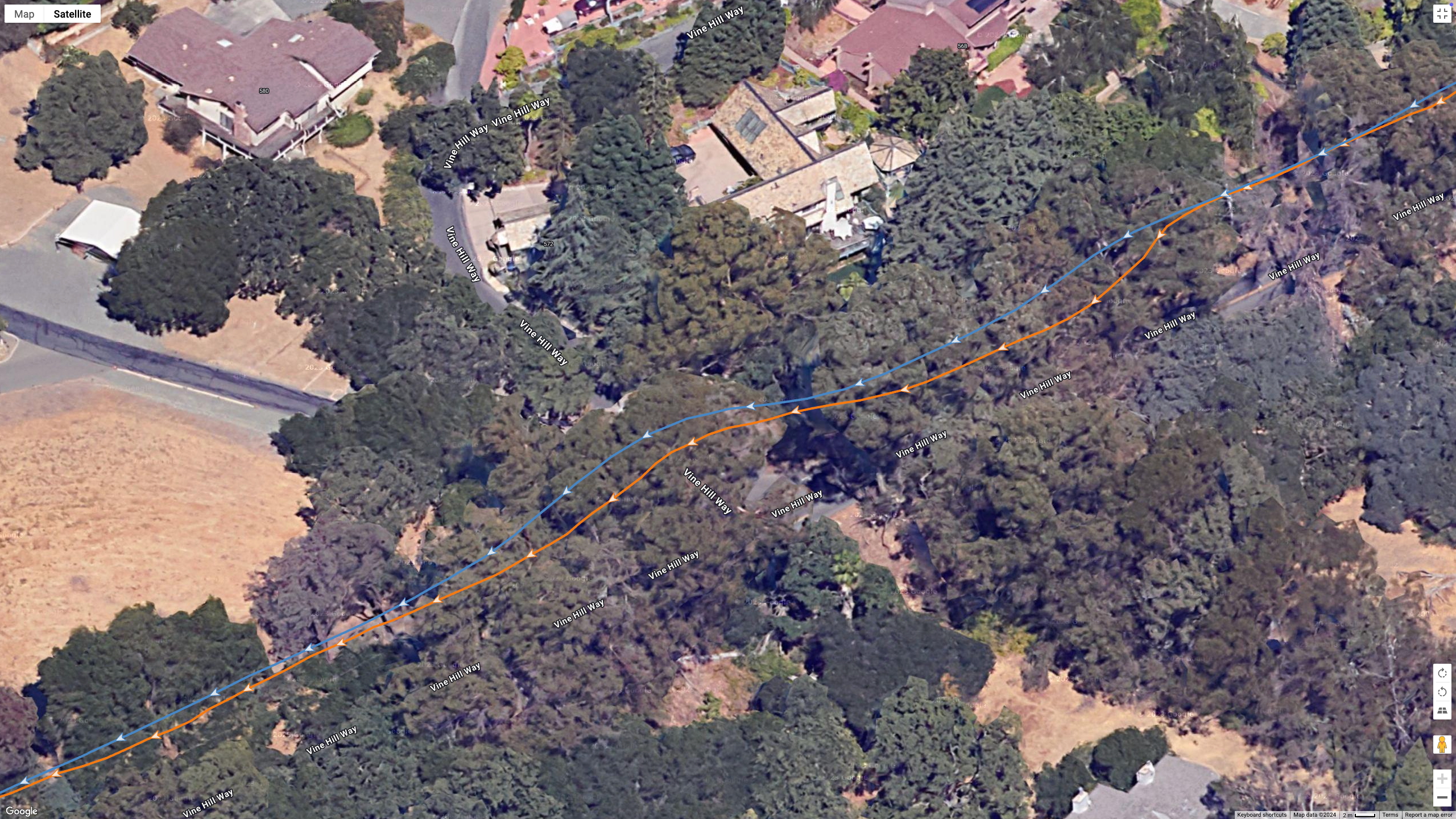
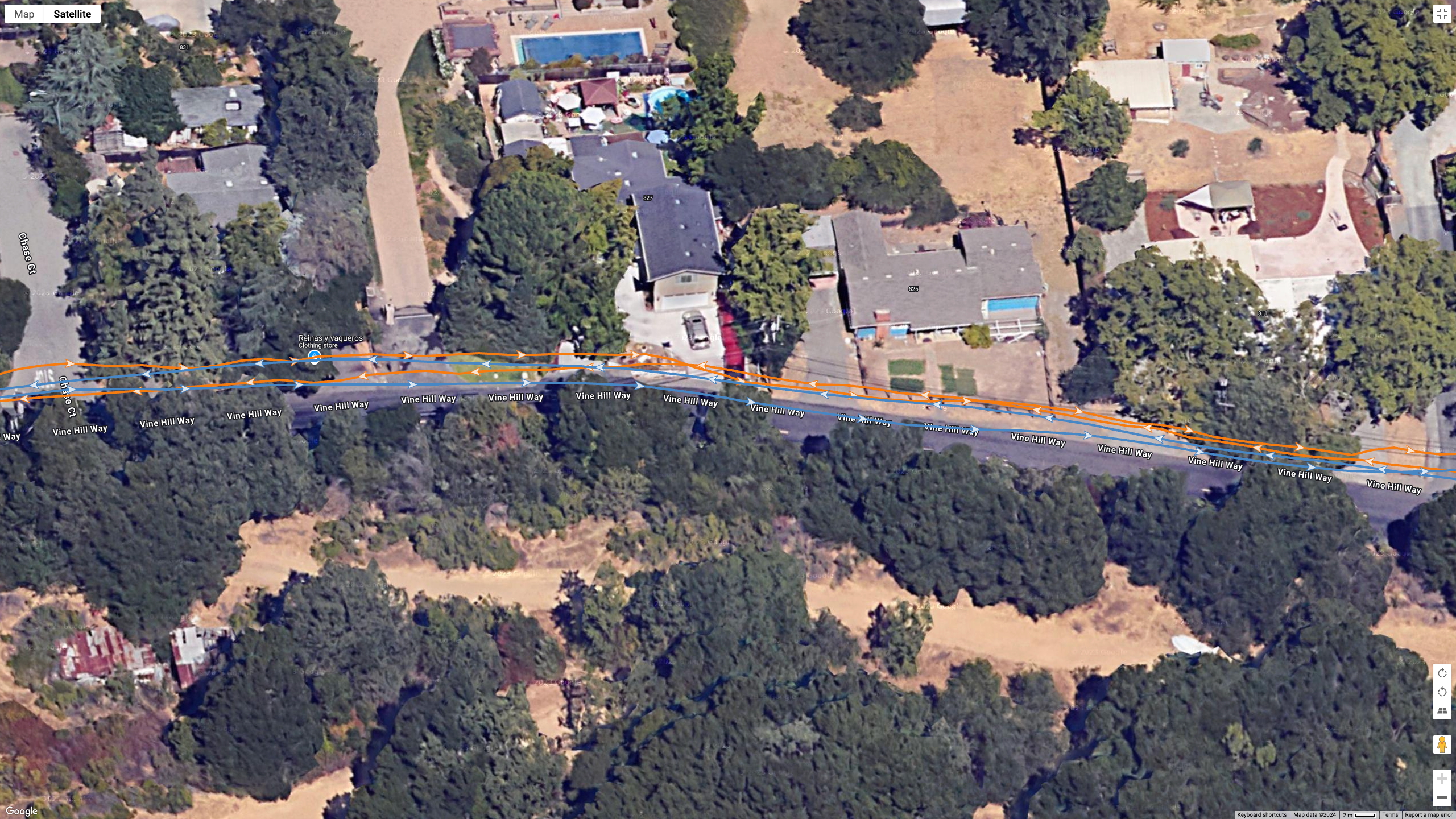
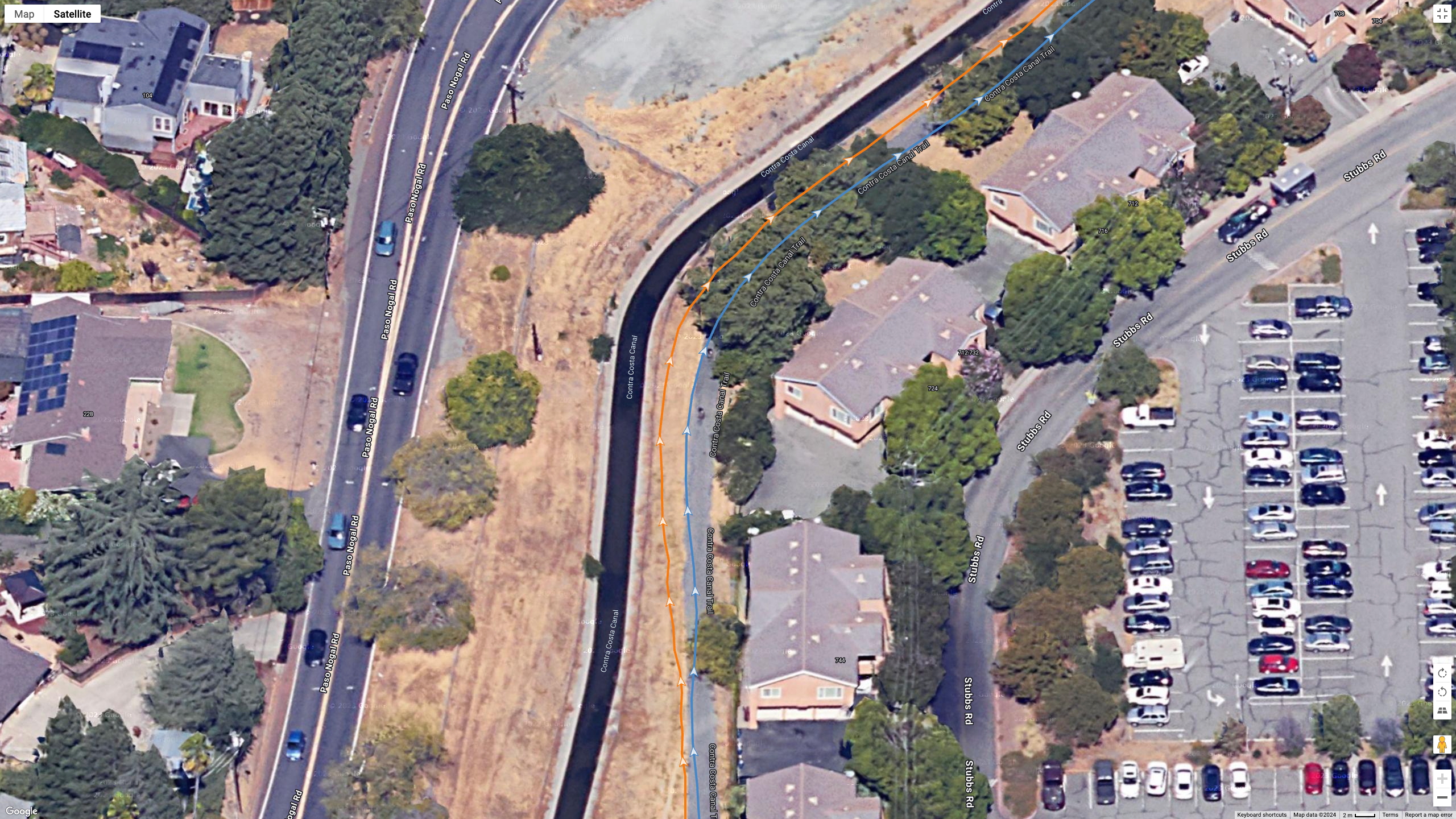
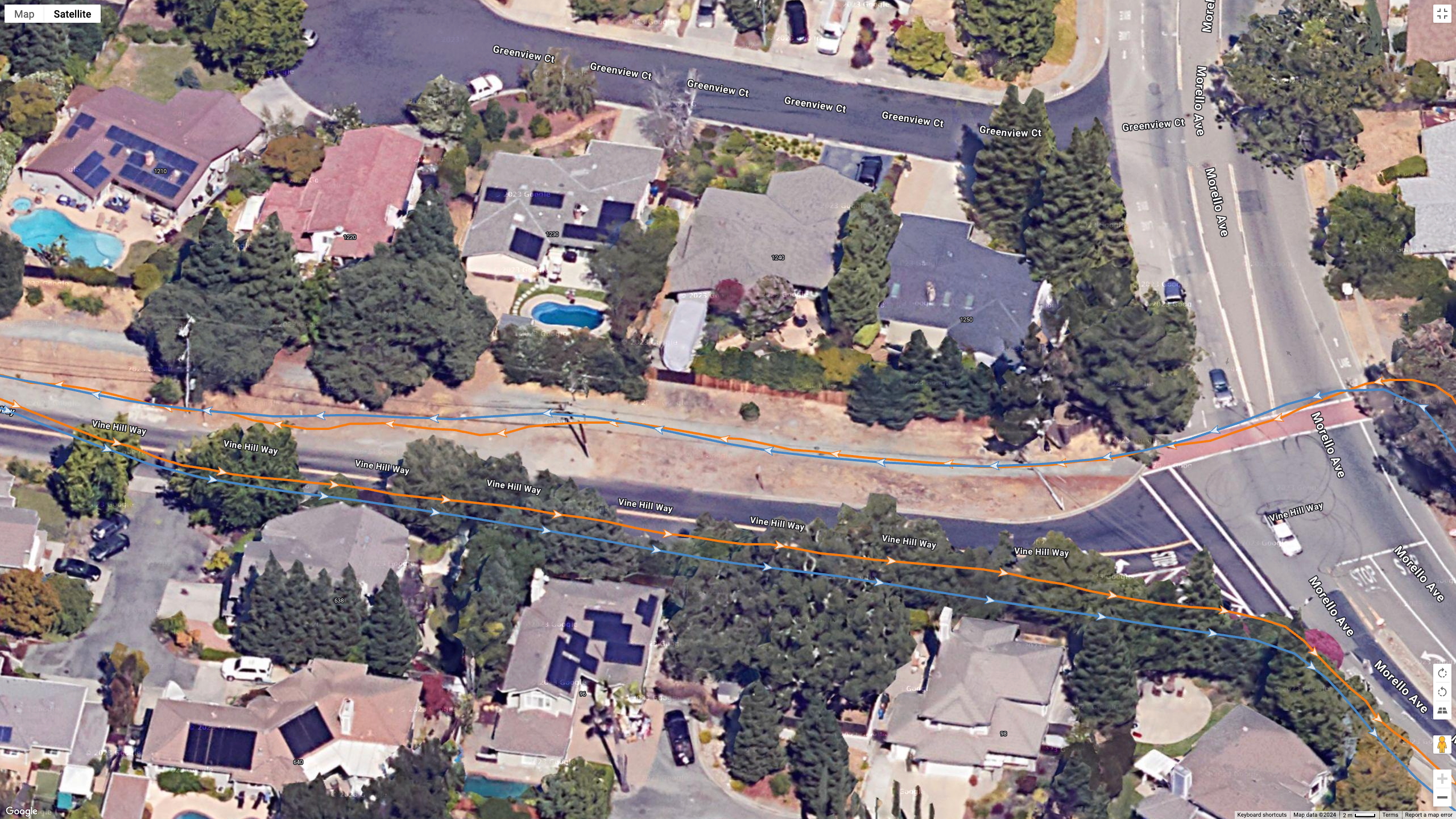
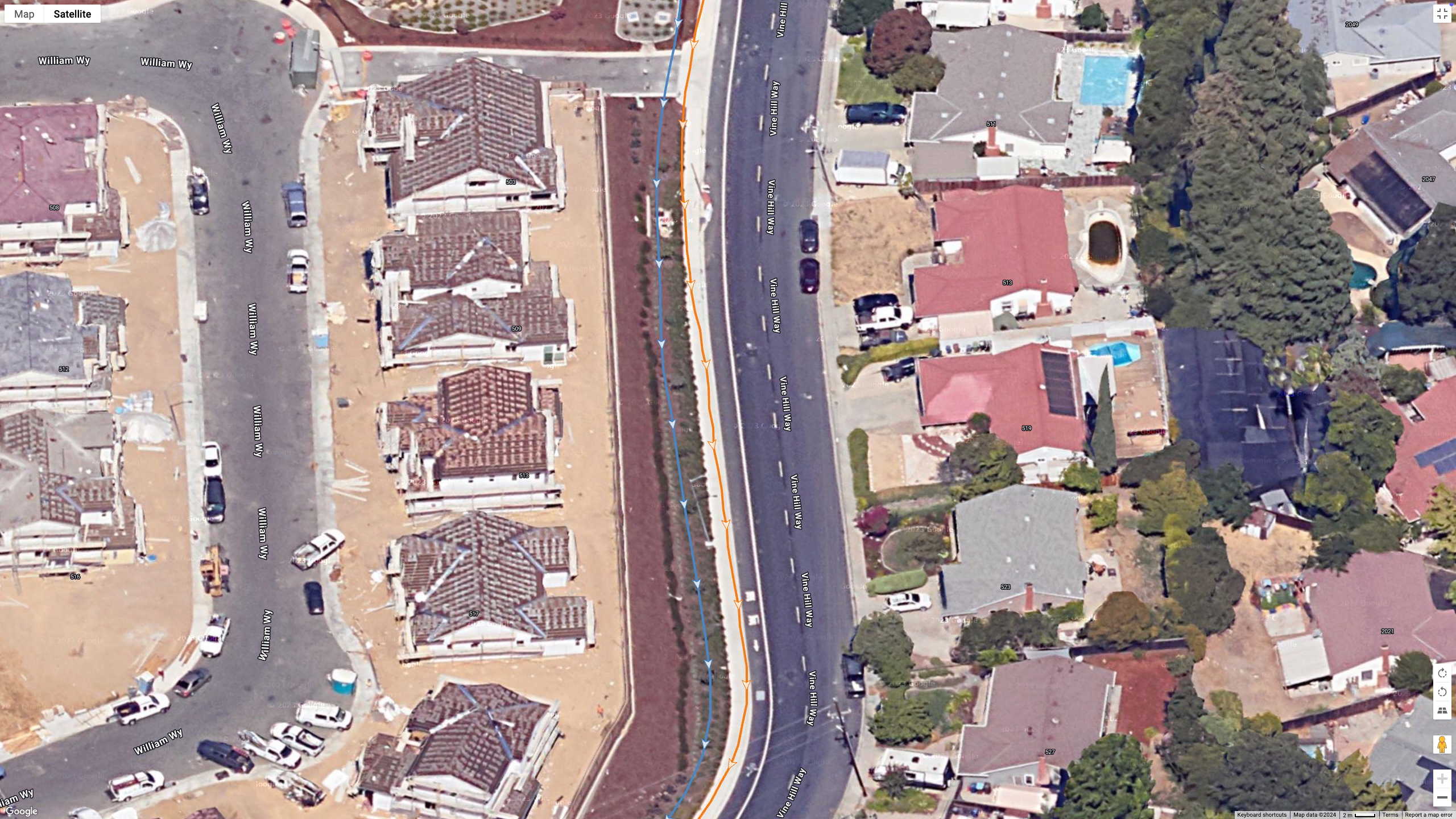
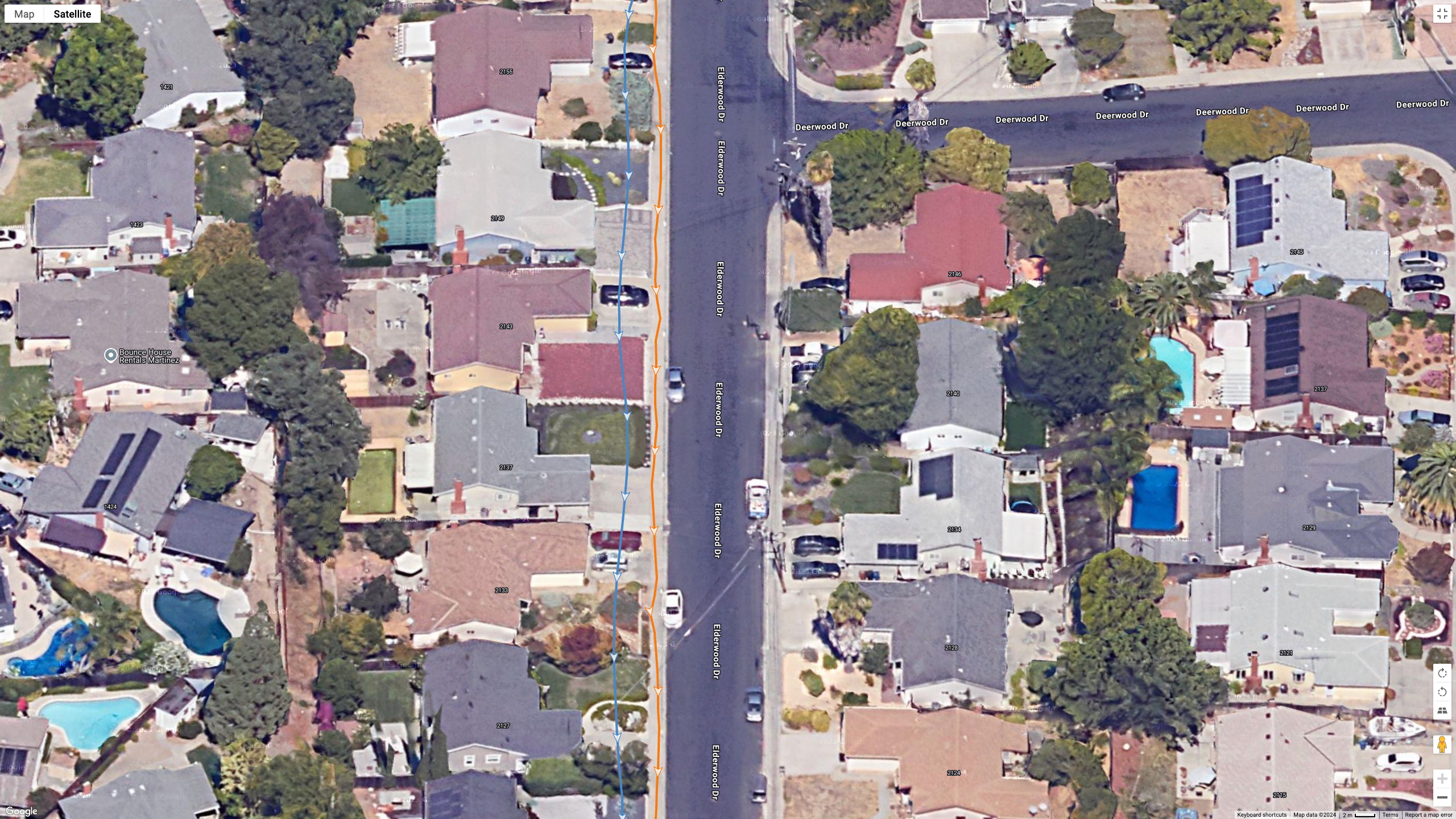
In one instance, you can see how both watches captured me running into a little park to take a photo of a cool John Muir statue before backtracking a bit. COROS has me wandering into the street on the way out, while Garmin has more trouble on the return trip. In other words, neither is perfect, but both do excellently at finding me in tree cover and never lose me for long.
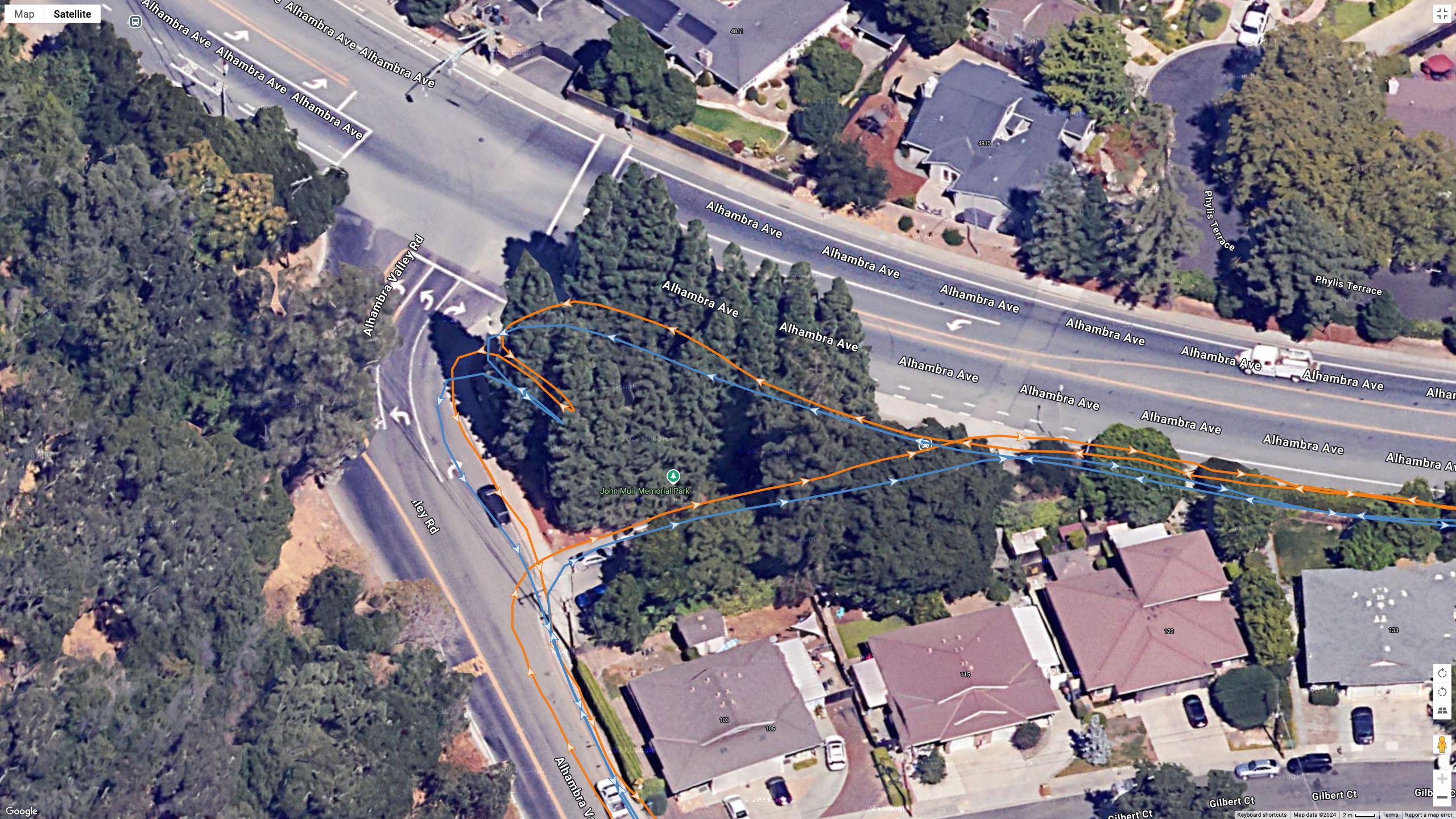
During a second city run, COROS (now the orange line) loses more visibly to Garmin, consistently showing me slightly misaligned from my actual trail or sidewalk position. It didn't have any real impact on my tracked distance, however, with no wobbling location or lost signal like you typically see with poorer connections.
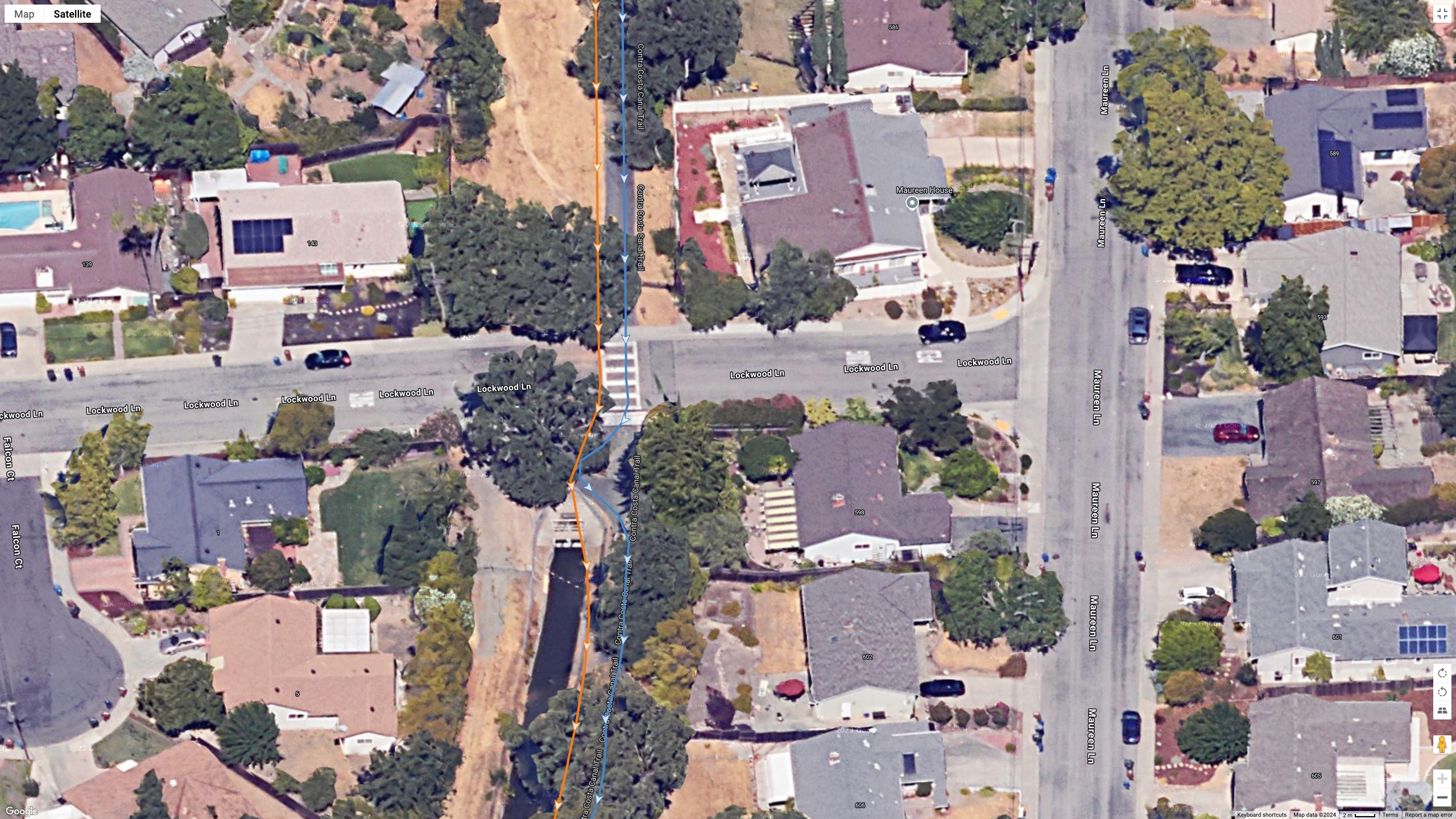
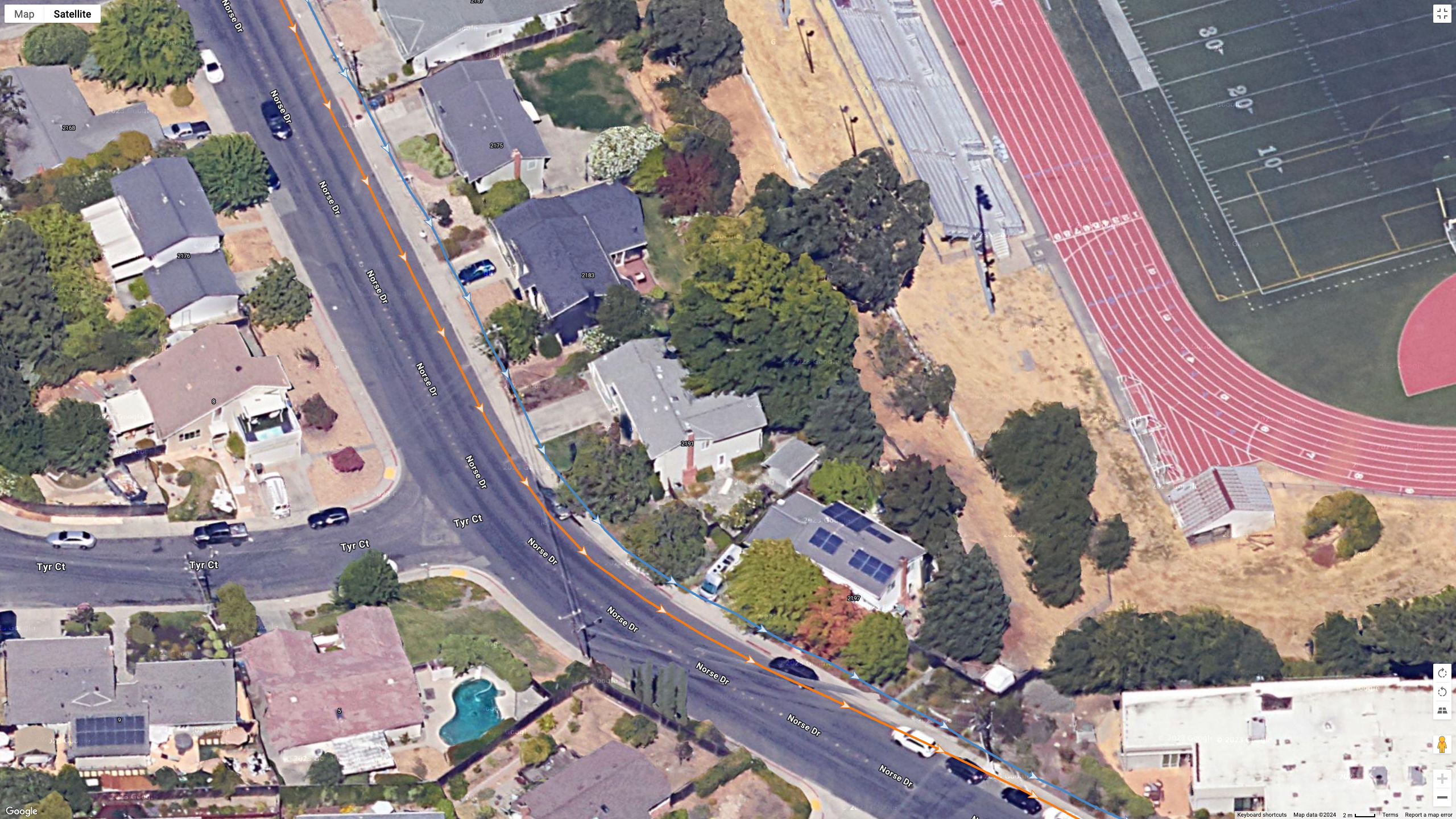
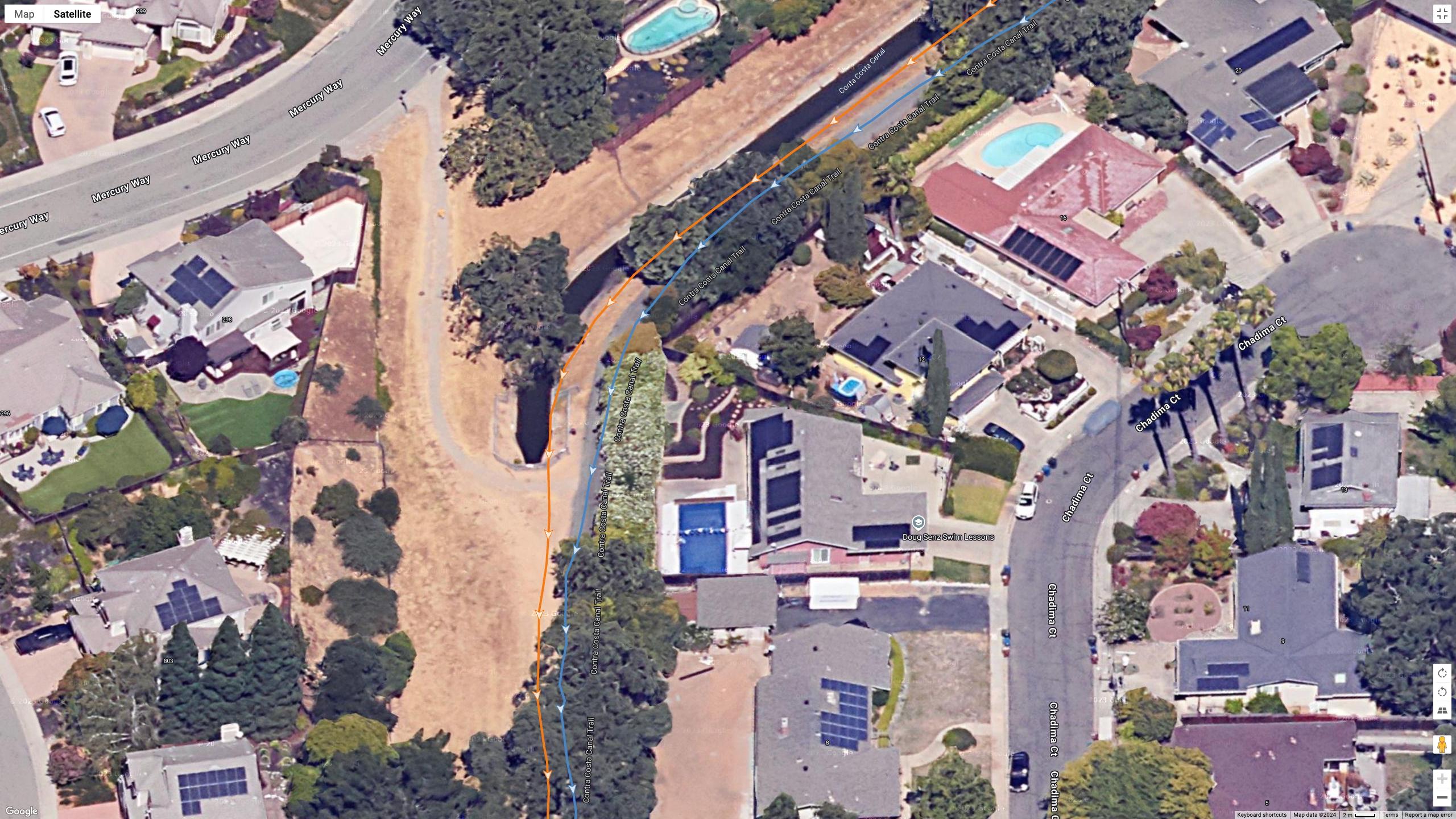
Hikes can be the most challenging for tracking: tree cover and nearby hills can block or redirect signals, and any wrong lines can mess with your elevation tracking. Thankfully, both watches did well during an 8.5-mile hike. In the gallery below, you can see how COROS (blue) and Garmin (orange) overlap one another in uncovered areas and stay parallel and on-path in occluded areas. Their overall altitude gain was only 4m apart, too.
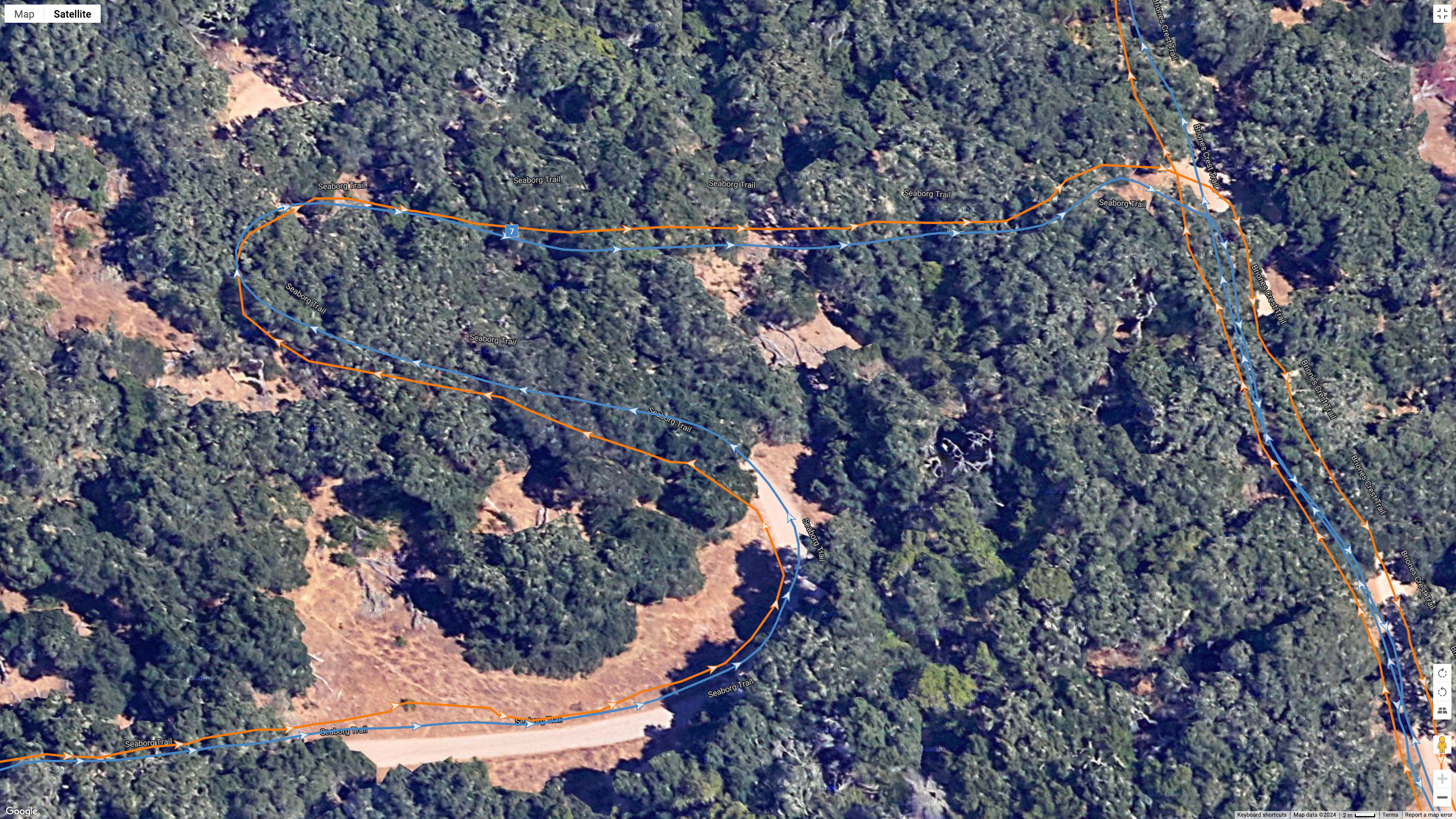
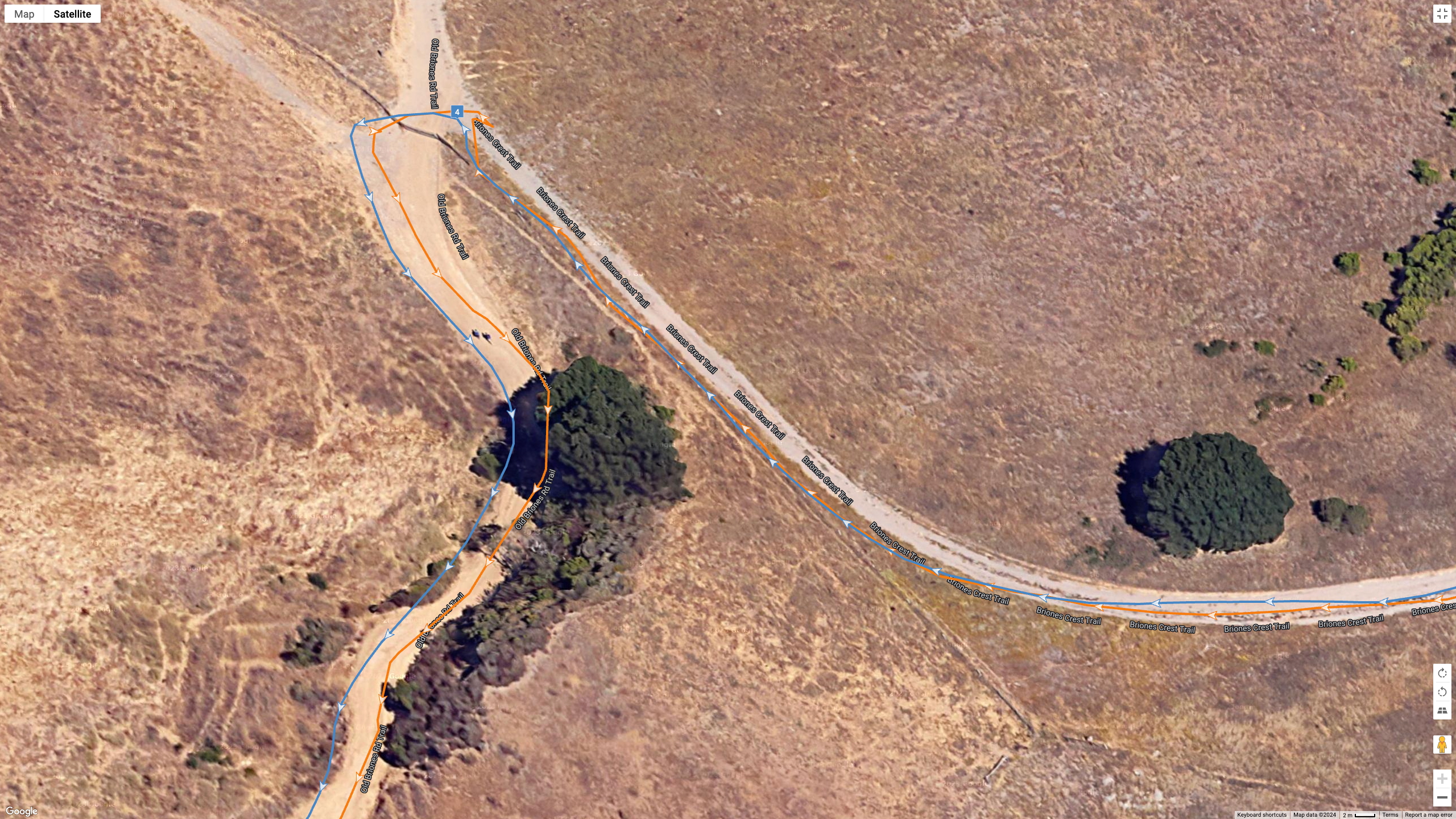
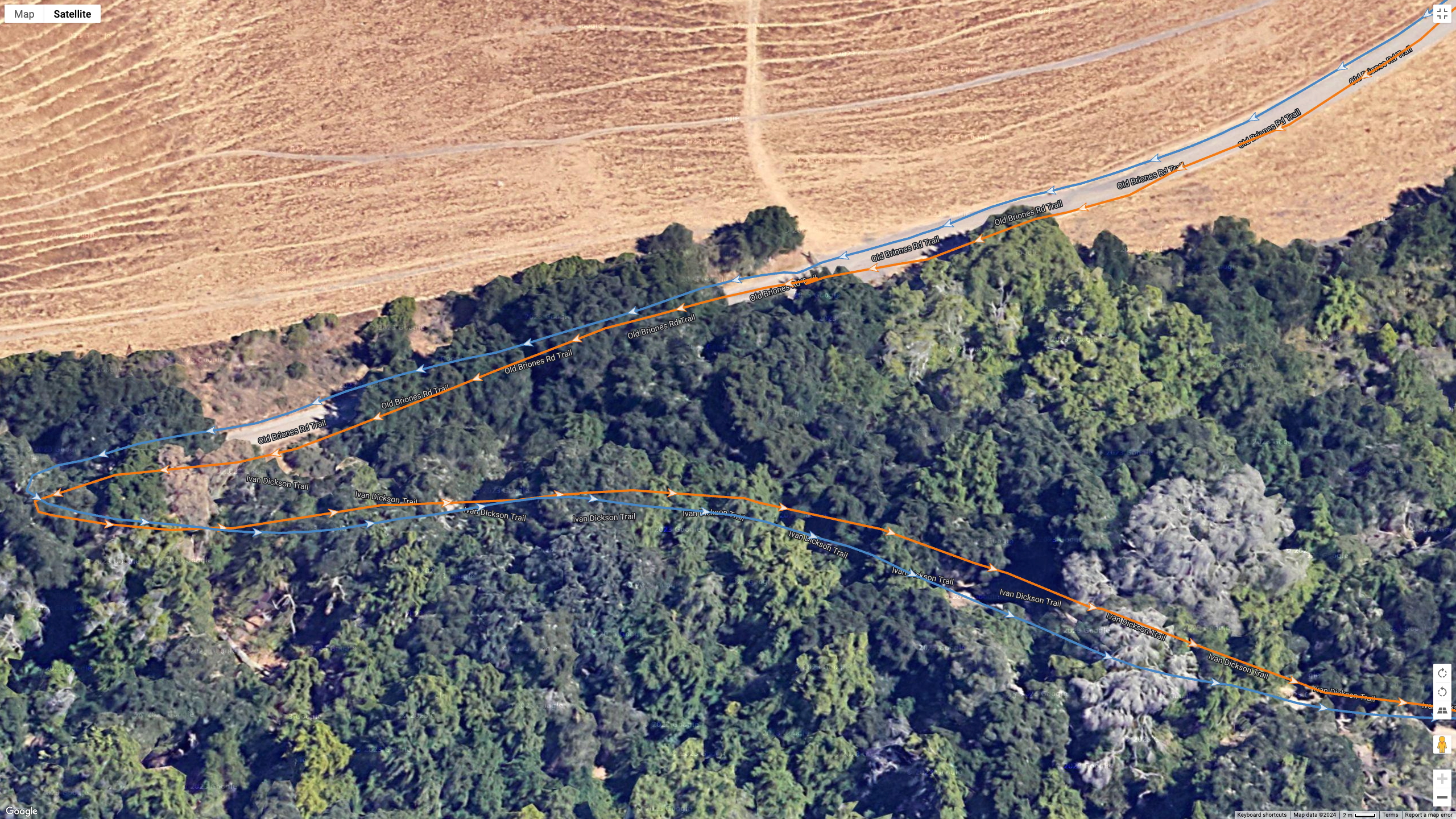
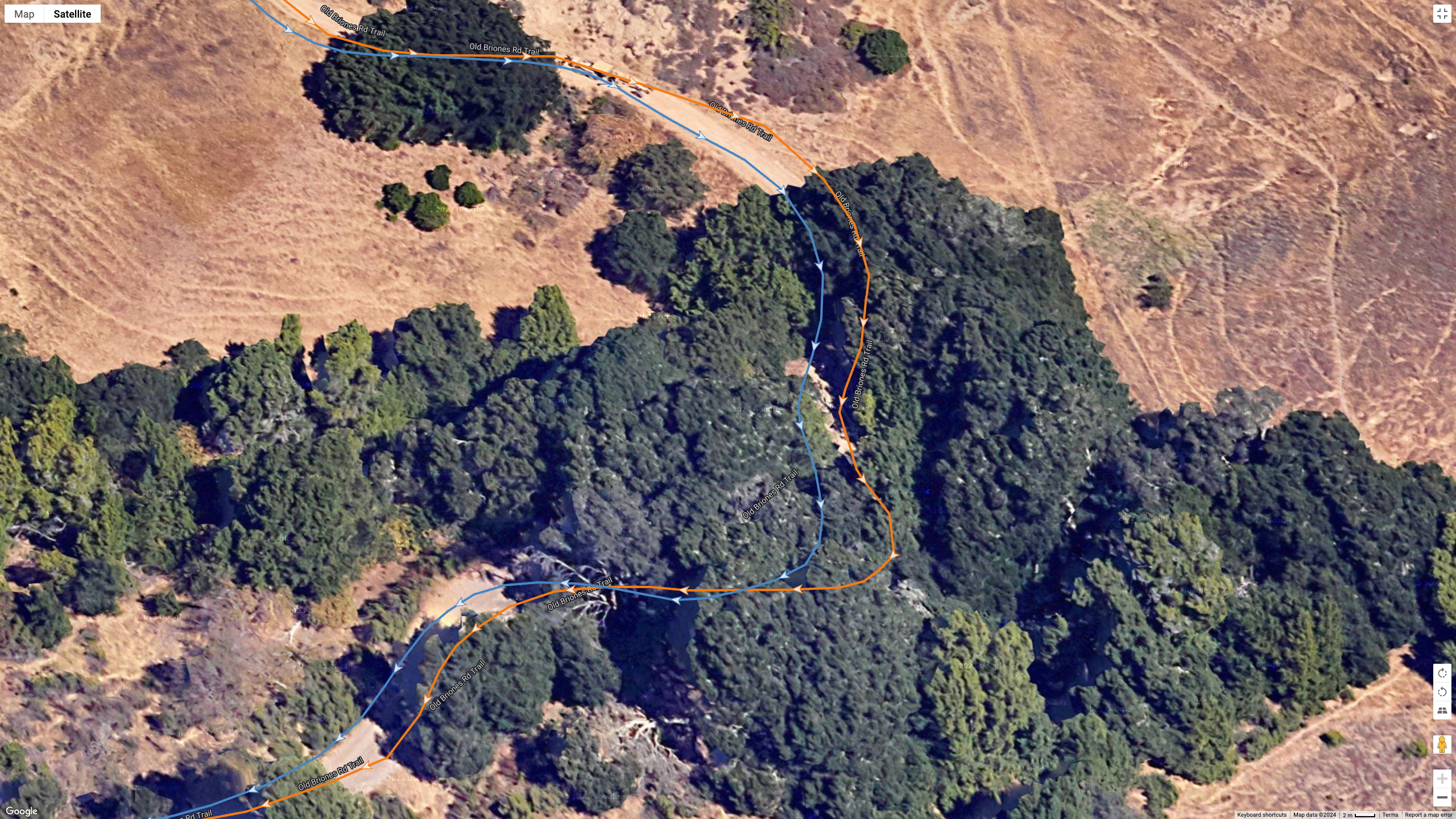
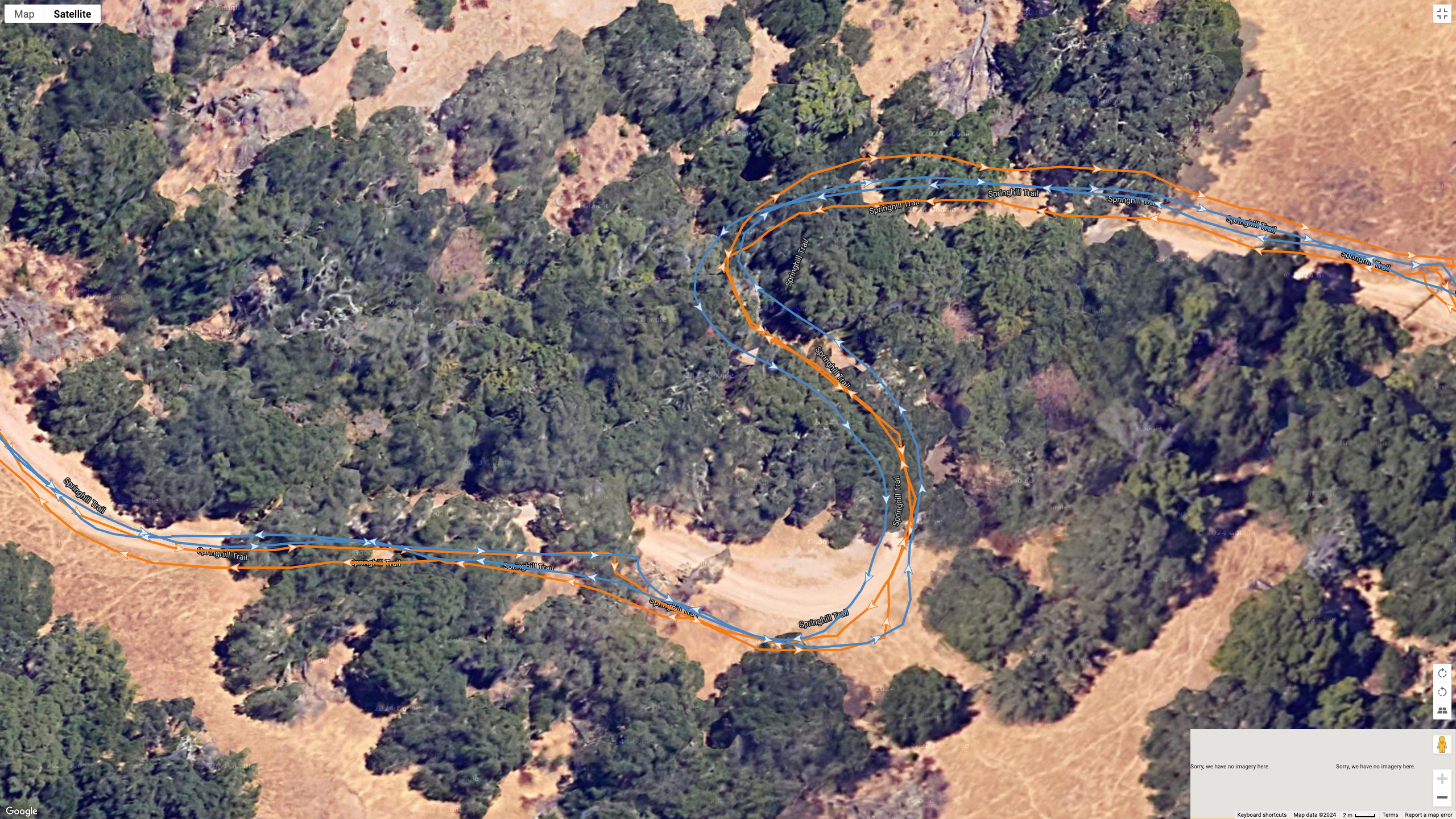
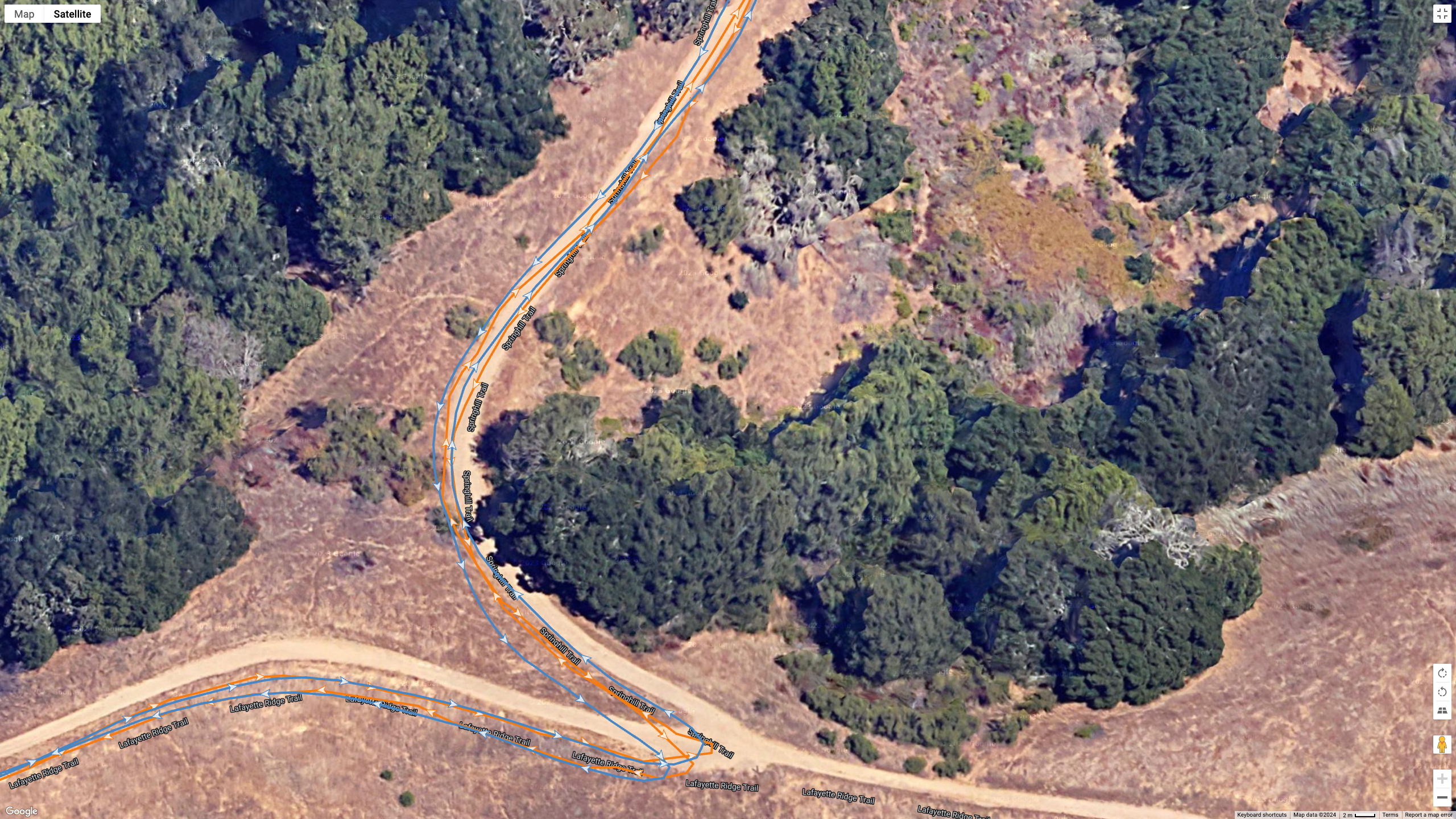
Overall, it's clear that COROS' redesigned antenna and new GPS chipset paid off. COROS' GPS accuracy on past watches has been good but not the best. With these tests, COROS has done exceptionally well or has done well enough to stay in lockstep even when the results aren't quite perfect.
COROS PACE Pro HR accuracy
The latest COROS watches have five LEDs and four photodiodes, meant to capture a wide swath of your wrist for reliable HR data. In this case, COROS said the PACE Pro would have improved accuracy thanks to a redesigned body, but the results themselves look fairly comparable to past COROS watches.
I used my Polar H10 chest strap for comparison. Even though I've had issues with its accuracy in the past, I'm hoping it provided a reliable baseline.
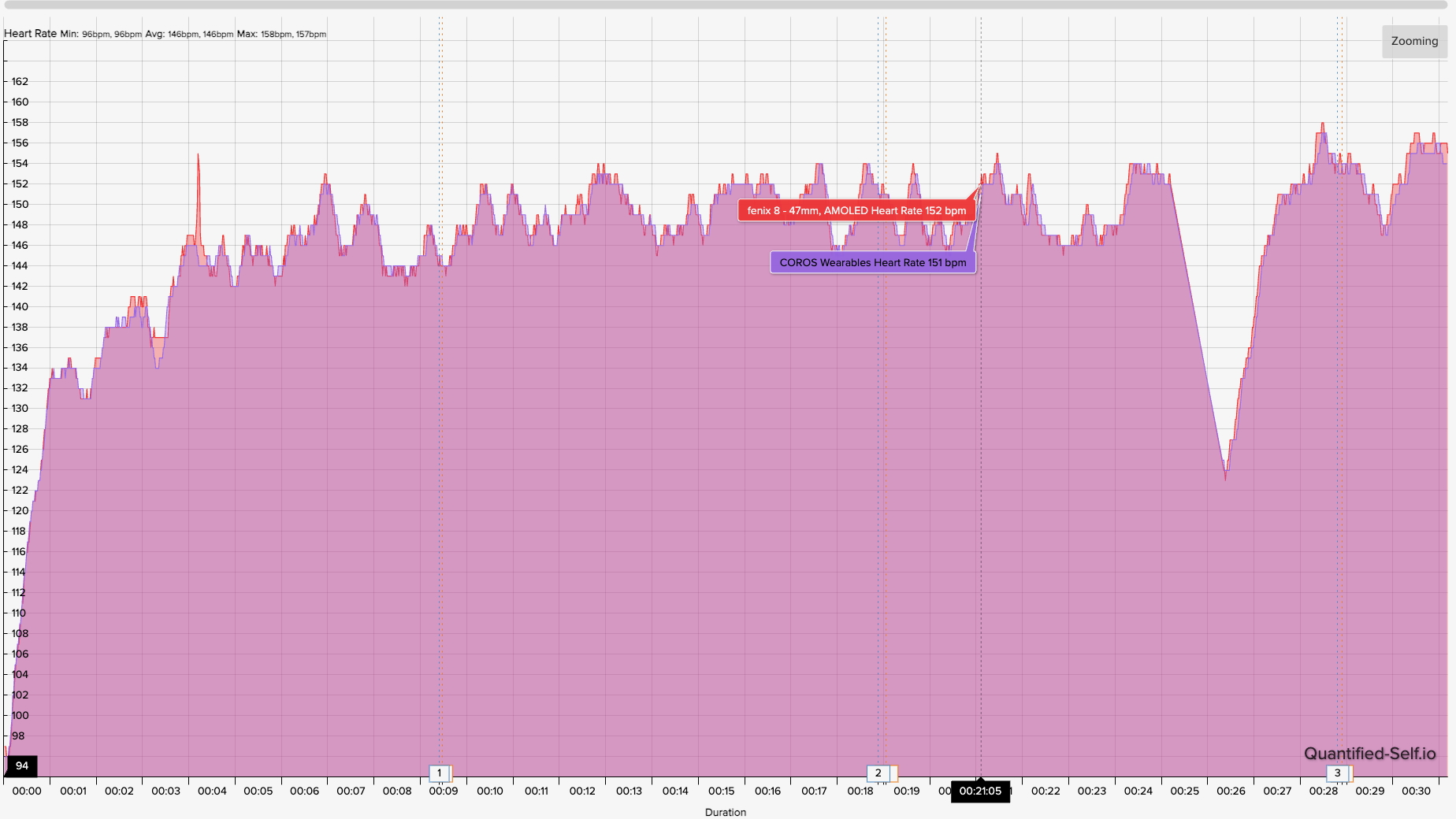
The first chart above shows a straightforward 3-mile run. The COROS PACE Pro stays fairly close to the Polar H10 — which is connected to my Garmin Fenix 8, hence the label — but if you look closely, you can see how the COROS' optical monitor lags slightly behind Polar's electrocardiogram, not catching every minor change and showing slightly lower. That's normal for an optical vs. ECG comparison; so far, so standard.
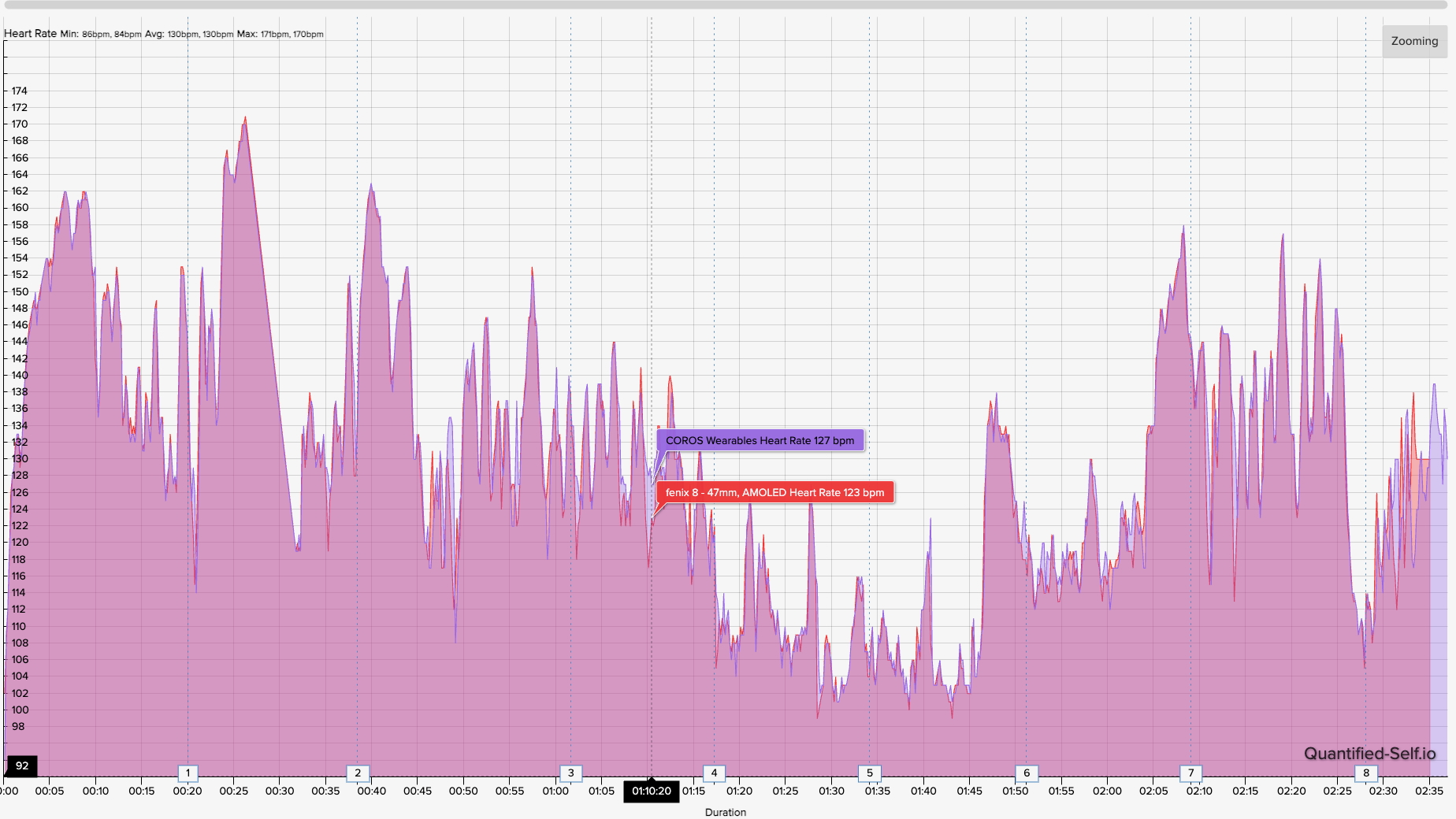
For my long hike, there are long stretches where the COROS watch and Polar strap are in near lockstep with one another. Then you have moments where COROS measures a heart rate about 10–20 bpm above what the chest strap measures. I've had issues with my chest strap losing my signal in the past, dipping my HR to unlikely lows, so I'm uncertain if this is the fault of COROS or Polar here. The overall HR average was only one bpm off across a 2.5-hour activity, so I tentatively chalk this up as a solid entry for COROS.
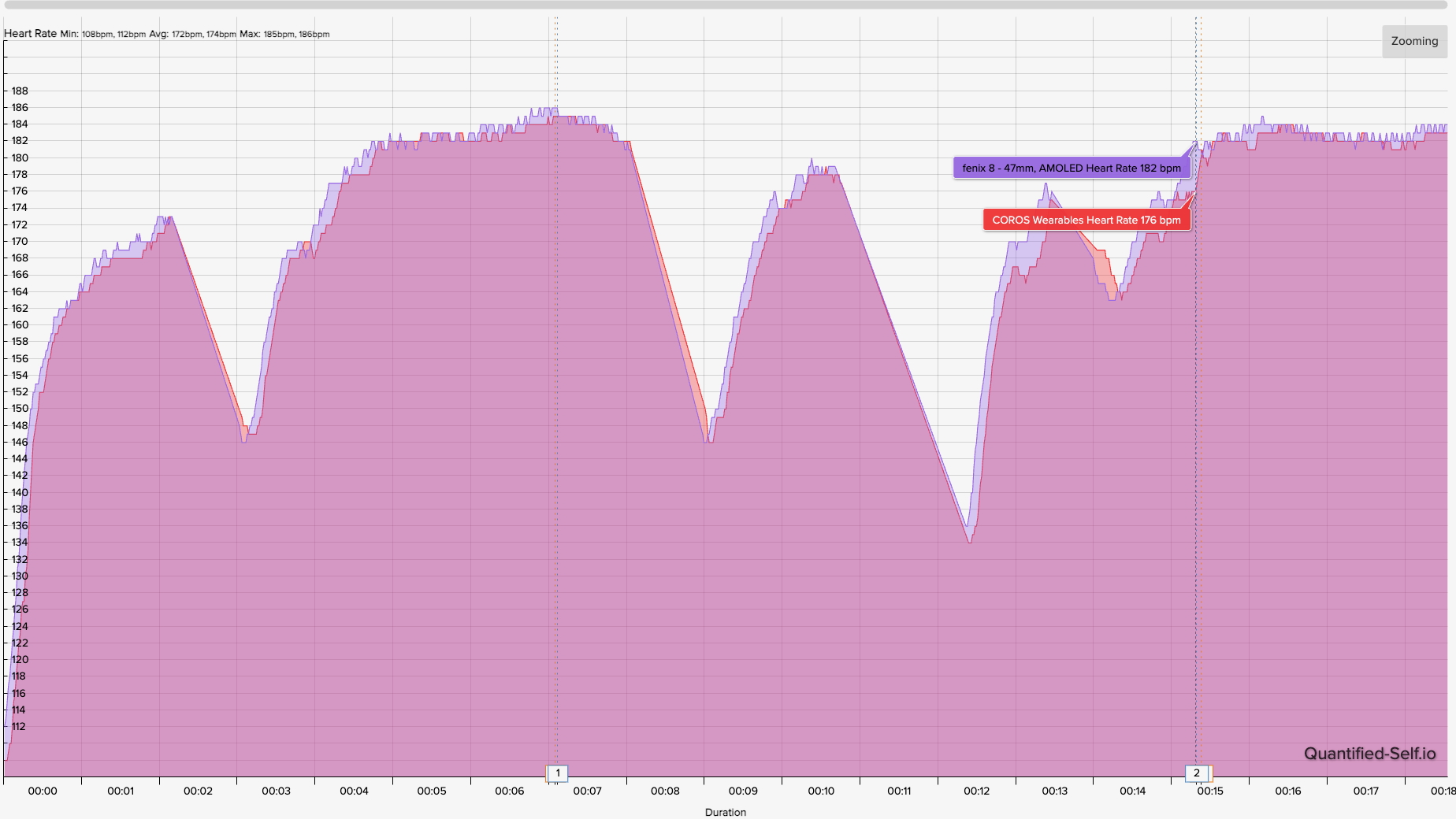
The track workout is, predictably, where the problems arise. The COROS PACE Pro struggles to capture quick changes in heart rate, falling anywhere from 1 bpm to 8 bpm short at all times.
This is a pretty common weak point for most watches — a lack of responsiveness when running in a high-aerobic or anaerobic HR zone — but I hoped COROS would improve in this area. Instead, you get a 2 bpm gap in average for a relatively short activity.
That's why, as I said above, I'd probably recommend buying the COROS armband to pair with this if you need the best possible results. For everyday runners who aren't doing that many sprint activities or just need to know generally what heart rate zone you're in, the PACE Pro gets my stamp of approval for being generally reliable for heart rate.
And to be fair to COROS, other watches I've tested during track runs do significantly worse for anaerobic accuracy, even if it isn't the best I've seen.
The COROS PACE Pro deserves your attention
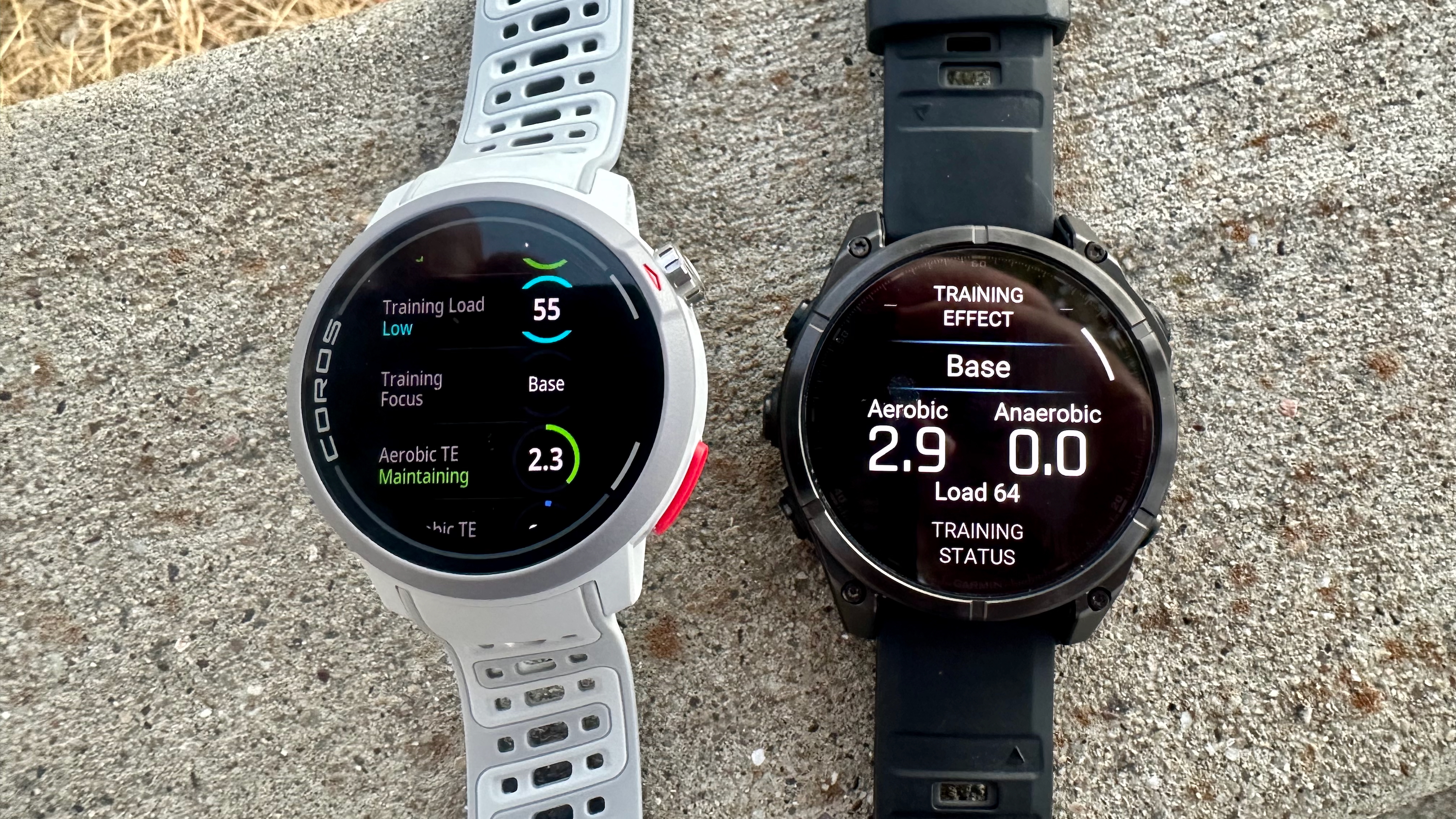
When it comes to picking a running watch, every brand has its strengths and weaknesses. The COROS PACE Pro won't change your mind if you already dislike COROS because the software is largely unchanged. It's a hardware upgrade meant to catch up to the pack in some areas and improve its lead in others.
The AMOLED facelift aligns with the industry-wide abandonment of MIP, making it long overdue. The accuracy boost is also an important one, targeting the kinds of runners (like me) that don't take a watch's workout results on blind faith; we notice when the results are wrong, and so COROS is taking GPS and HR accuracy seriously.
On the software front, COROS has the essentials: a target weekly training load based on your current fitness level, a monthly distribution of easy/medium/hard effort, a running fitness test to determine your lactate threshold, and downloadable training plans.
It still has weak spots, but COROS updates all of its watches with new features so long as the CPU can support them; since the PACE Pro has a new CPU and extra RAM, it should receive support for years to come. Though for now, the absence of music streaming apps or contactless payments may be deal-breakers for some runners.
While I still need another week or two to fully test the PACE Pro for its review, I'm feeling very enthusiastic about its upgrades. It's pricier than the PACE 3 but still on the cheap side compared to other running watches. Frugal "pros" should seriously consider it.
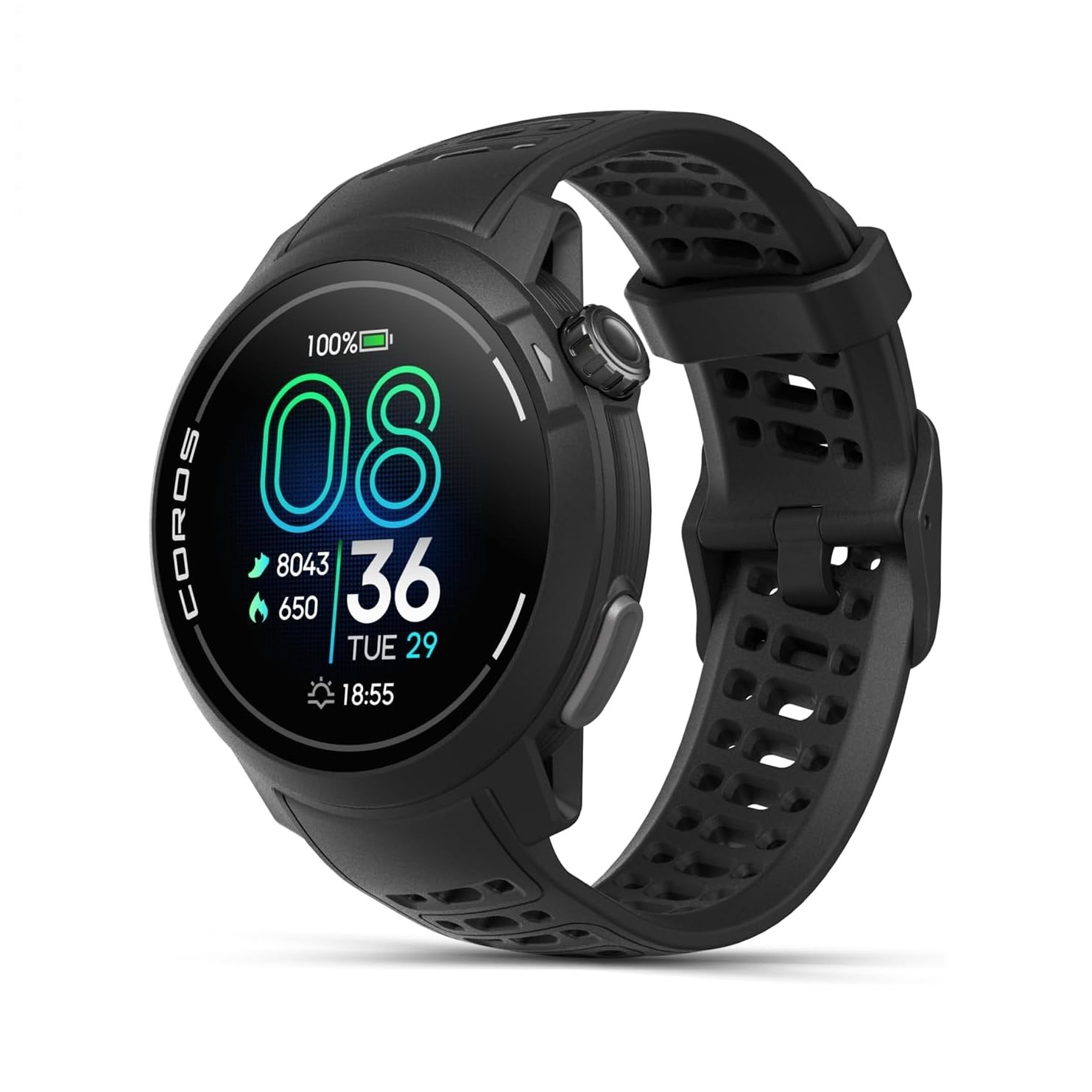
Giving Garmin a run for its money
If you're looking for a great fitness watch, the COROS PACE Pro is a great fit for someone not looking to spend too much on a Garmin watch. It has great fitness tracking capabilities while being more affordable than much of the competition.

Michael is Android Central's resident expert on wearables and fitness. Before joining Android Central, he freelanced for years at Techradar, Wareable, Windows Central, and Digital Trends. Channeling his love of running, he established himself as an expert on fitness watches, testing and reviewing models from Garmin, Fitbit, Samsung, Apple, COROS, Polar, Amazfit, Suunto, and more.
You must confirm your public display name before commenting
Please logout and then login again, you will then be prompted to enter your display name.
